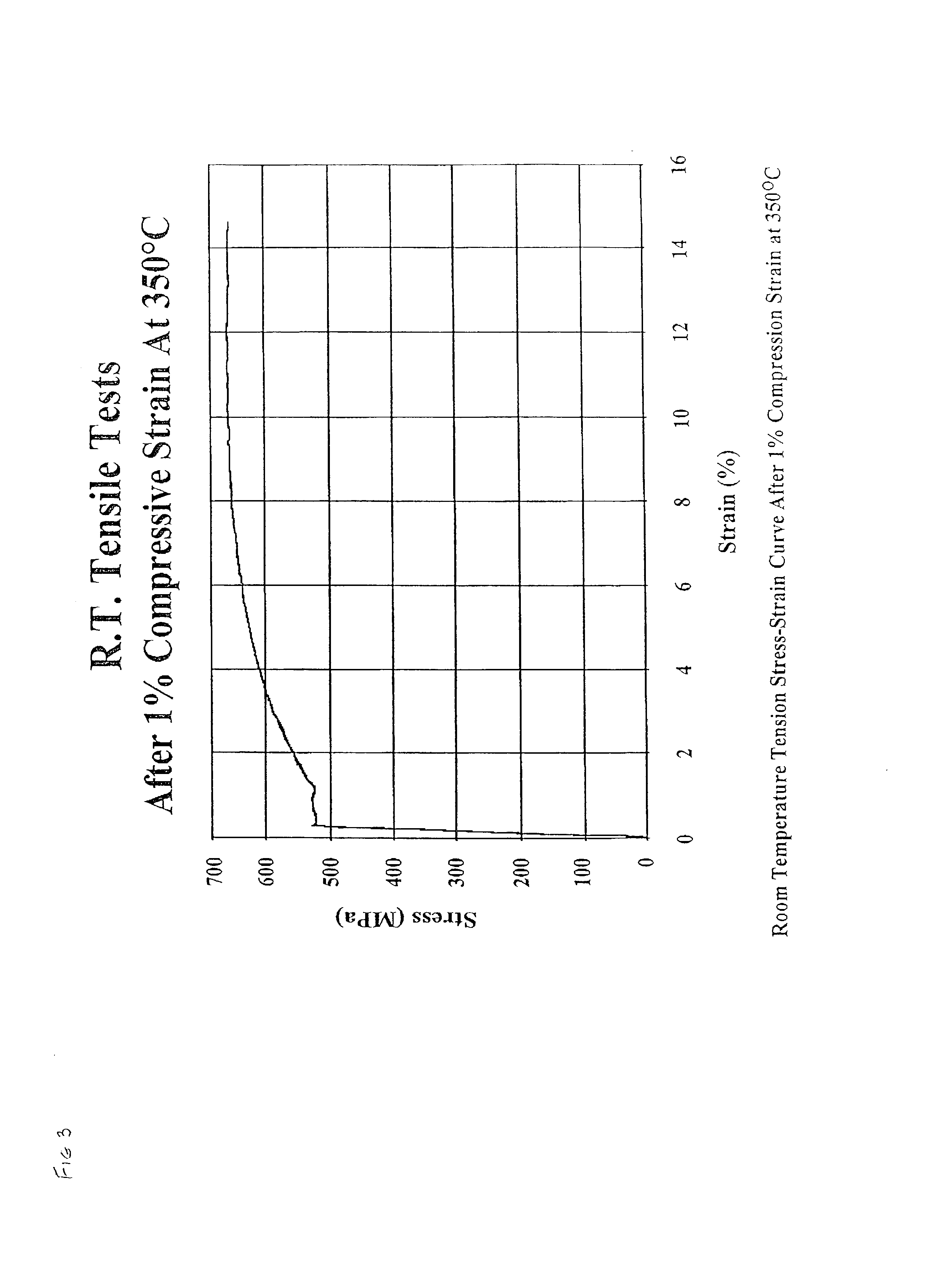Hydrogen-induced-cracking resistant and sulphide-stress-cracking resistant steel alloy
a steel alloy and sulphide stress technology, applied in the field of hydrogen embrittlement, can solve the problems of final rupture, cracking, and blistering on the surface, and achieve the effect of preventing final ruptur
- Summary
- Abstract
- Description
- Claims
- Application Information
AI Technical Summary
Benefits of technology
Problems solved by technology
Method used
Image
Examples
Embodiment Construction
[0028] It was well known prior to the present invention that other benign alloying elements might be added to alloys of the present general type without interfering with the metallurgical objectives of the present invention.
[0029] It was well known prior to the present invention that trace amounts of miscellaneous elements might be found in typical charges of scrap steel to the melt furnaces, without serious damage to the alloying objectives of the present invention. Examples of the foregoing are Cu at approximately 0.1%, Ni at less than approximately 0.10%, Al and Si. The present invention as described and claimed does not take into account the possible presence of such trace amounts of miscellaneous elements.
[0030] It was well known prior to the present invention that small amounts of some elements having a potentially deleterious effect on the desired metallurgical objectives of the invention could be present in the scrap charge. Such elements include phosphorus, tin, arsenic, bo...
PUM
| Property | Measurement | Unit |
|---|---|---|
| Fraction | aaaaa | aaaaa |
| Fraction | aaaaa | aaaaa |
| Fraction | aaaaa | aaaaa |
Abstract
Description
Claims
Application Information
 Login to View More
Login to View More - R&D
- Intellectual Property
- Life Sciences
- Materials
- Tech Scout
- Unparalleled Data Quality
- Higher Quality Content
- 60% Fewer Hallucinations
Browse by: Latest US Patents, China's latest patents, Technical Efficacy Thesaurus, Application Domain, Technology Topic, Popular Technical Reports.
© 2025 PatSnap. All rights reserved.Legal|Privacy policy|Modern Slavery Act Transparency Statement|Sitemap|About US| Contact US: help@patsnap.com



